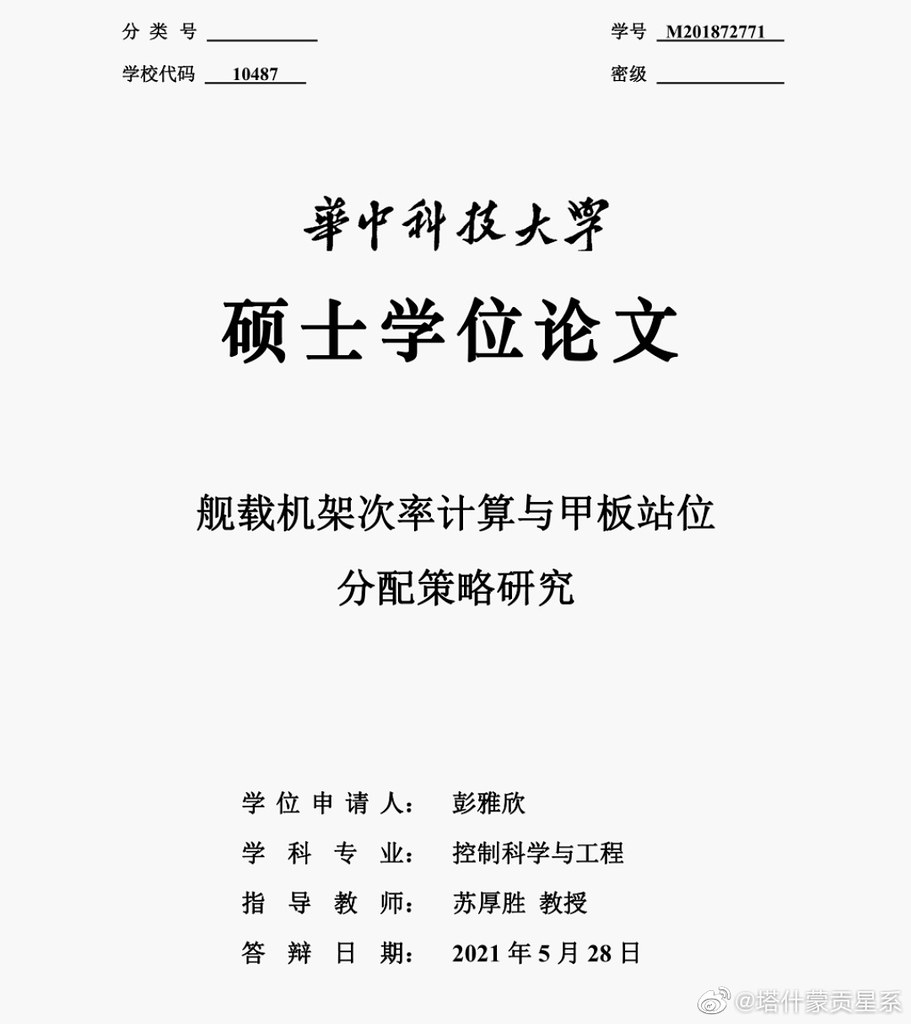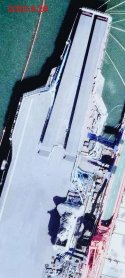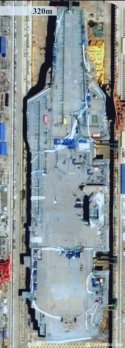You are using an out of date browser. It may not display this or other websites correctly.
You should upgrade or use an alternative browser.
You should upgrade or use an alternative browser.
CV-18 Fujian/003 CATOBAR carrier thread
- Thread starter Jeff Head
- Start date
China Ship Development and Design Center (701所) published two books in 2017 called 《航空母舰设计概论》"Introduction to Aircraft Carrier Design", in which it is clearly written in the chapters of "Hull Structure", "Ship Equipment", "Power System", "Electrical System", "Ship Support System" and "Aviation Support System" that mooring tests are required.Mooring trials test primarily the main propulsion while the ship is at berth. They do not indicate a significant completion of outfitting, notably of navigation sensors, communication systems and of course other vital aspects such as the catapults, aircraft maintenance and support facilities (elevators, weapons elevators etc).
Last edited:
Is it written there that a ship entering mooring tests has all these systems installed? Because I kindly doubt that. If the article had said Fujian has completed all mooring tests, well fine, that is a different story.China Ship Development and Design Center (701所) published two books in 2017 called 《航空母舰设计概论》"Introduction to Aircraft Carrier Design", in which it is clearly written in the chapters of "Hull Structure", "Ship Equipment", "Power System", "Electrical System", "Ship Support System" and "Aviation Support System" that mooring tests are required.
The visual evidence is, that fitting out of the ship is clearly not "largely complete".
EMAL apart, I think it's more to it as quoted by zszczhyxMooring trials test primarily the main propulsion while the ship is at berth. They do not indicate a significant completion of outfitting, notably of navigation sensors, communication systems and of course other vital aspects such as the catapults, aircraft maintenance and support facilities (elevators, weapons elevators etc).
Primarily mooring trials are checking on the general quality of shipbuilding and installation of essential systems as well as trials of the main powerplant and auxiliary mechanisms and systems which are essential for ship safety. Final stage of mooring trials is preparation of the ship for sae trials.
by78
General
There have been aircraft and UCAV handling, ammo handling, maintenance scheduling, and deck operations using complex mathematical modeling and algorithms to achieve optimal carrier flight operations, with an eye on automating many of the planning processes. Huazhong University of Science and Technology alone employed 20 post-graduate students to look into this area, and many of the students wrote their dissertations on this very topic (images 2 to 5). Unfortunately, I have no access to any of these papers from Huazhong or other institutions.
A translation of the text from the first image below:





A translation of the text from the first image below:
The mission planning of the carrier-based aircraft dispatching and recovery operation on the aircraft carrier deck refers to formulating a reasonable and feasible action plan for a given flight mission. This course of action is highly relevant to the efficiency of the carrier's mission, the safety of deck operations, and the cost. The task planning problem of carrier-based aircraft dispatching and recovery operation on the aircraft carrier deck has the characteristics of diverse tasks, distinct layers and complex constraints, and it is difficult to solve. In the future, more and more unmanned aerial vehicles (UAVs) will be carried on the aircraft carrier. It is an inevitable trend that the automated planning method will play an important role in the field of aircraft carrier deck mission planning. The purpose of this paper is to study the automatic planning algorithm considering the complex constraints for the task planning problem of the carrier-based aircraft dispatching and recovery operation on the aircraft carrier deck. Firstly, this paper constructs the task planning problem model of the carrier-based aircraft dispatching and recovery operation in the background of the "Nimitz" class aircraft carrier. Then, according to the characteristics of the problem, a task planning algorithm for dispatching and recycling operations with complex constraints is proposed. The algorithm uses the idea of task decomposition in hierarchical task network planning to decompose tasks to improve planning efficiency, and describes the planning problem as a multi-stage decision-making problem.
question. Then, for the three decision-making links in the algorithm, a reinforcement learning algorithm is designed to learn the strategies of task lead time prediction, carrier aircraft selection and transfer position selection based on historical plans, so as to guide the planner to better determine the parameters and parameters of the decision-making link. Rules to improve the performance of action plans. Finally, through an example analysis...





Uncovered EMALS
View attachment 98484
Is this real or another fake? Too close to the edge.
I think we have been fooled once again


